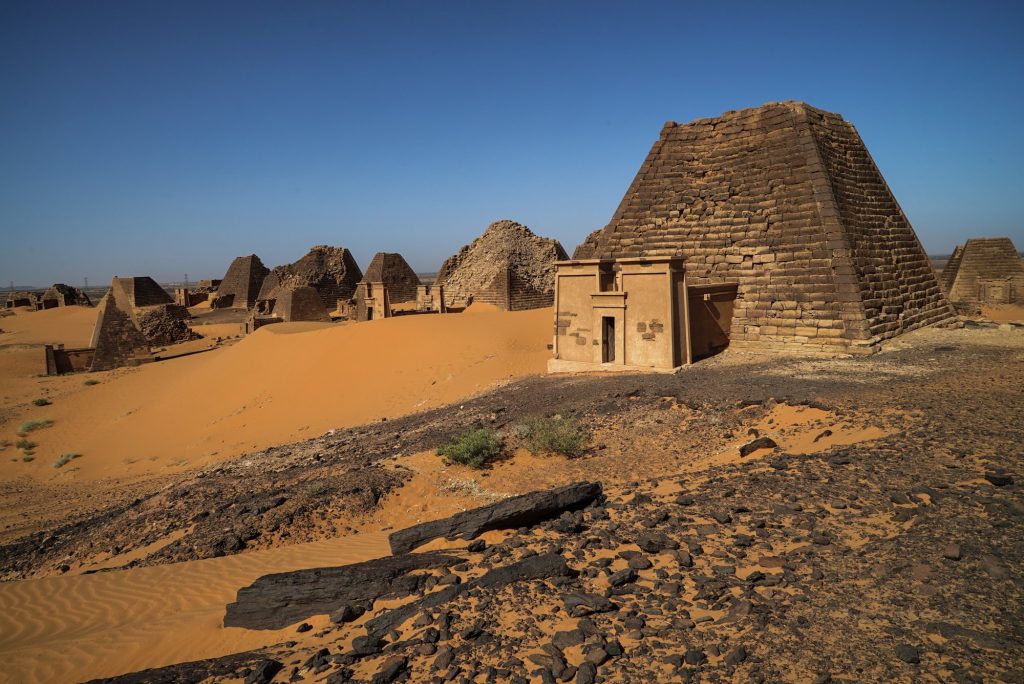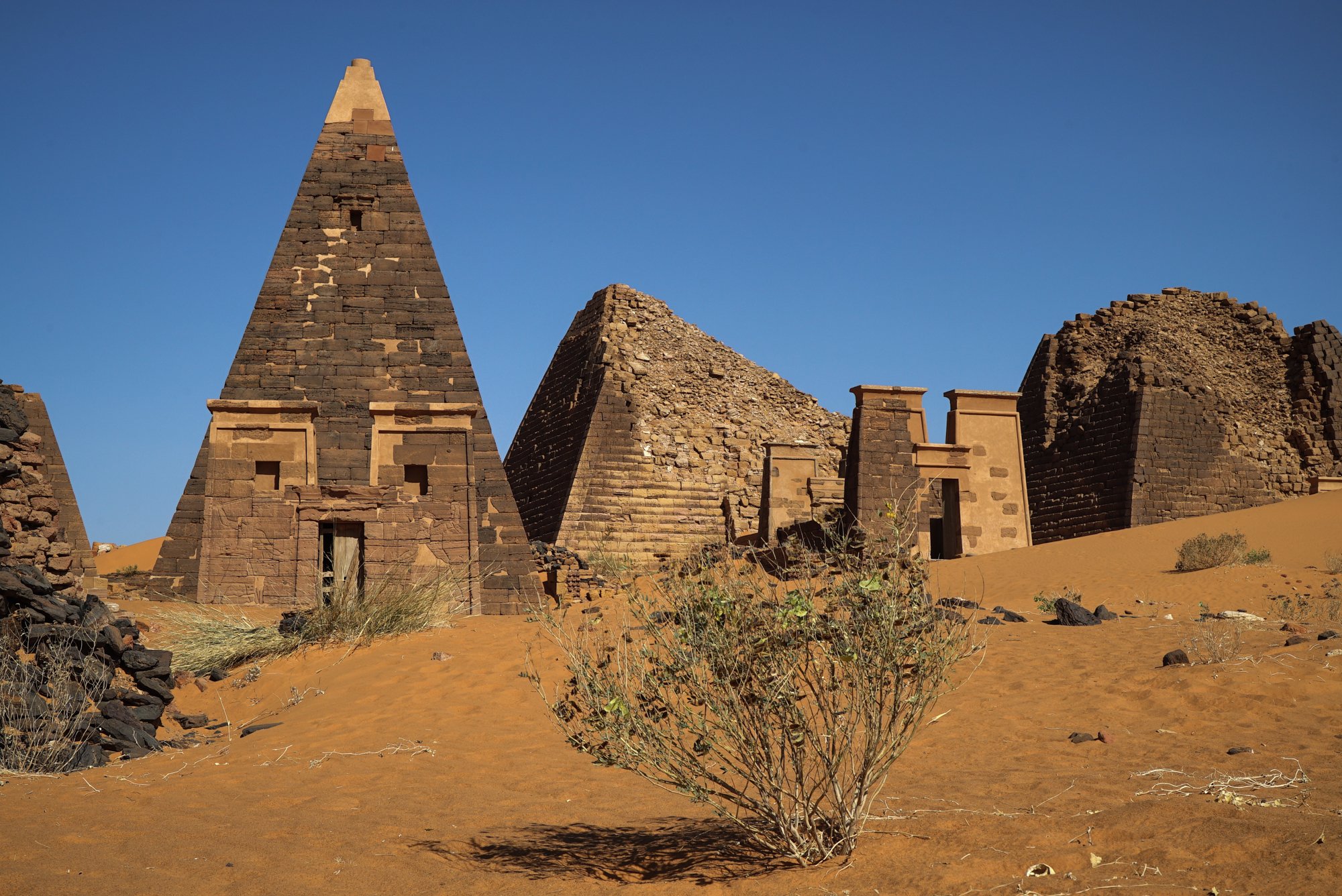
Sudanese pyramids are less famous than their counterparts in Egypt. Sudan’s pyramids have been preserved for thousands of years.
Thousands of years ago, Meroe served as the capital city of Kingdom of Kush, the realm presided over the kingdom of Kush. The pyramids are around 5,000 years old, something which is controversial between the government of Sudan which argues that the pyramids are older than Egypt’s and scientists from outside.
This Kingdom ruled the major part of the region for many years and to some point even conquered Egypt. Kush Kingdom was one of the most powerful kingdoms.
The area of the kingdom of Kush was the valley of the River Nile, called Nubia. This Kingdom moved to different capitals as the first capital was at Kerma (2500 BC-1500 BC), the second was Napata (1000BC-300BC) and then the third was on Meroe (300BC-300AD). This region of Nubia was the early center of civilization with various ranges of interactions between people of different societies in the field of trade and industry.
The site is home to 200 pyramids, more than there are in whole of Egypt. Sudan pyramids were designed as tombs for the Nubian kings, among them, El Kurru necropolis which housed the famous King 👑 Tanutamun.
By the look of them, you will notice that several of the monuments are missing their top points, which is due to Giuseppe Ferlini, an Italian explorer who blew up several of the pyramids in his search of treasure in the 1880s. Ferlini plundered the tombs of the likes of Amanishkheto, a Nubian warrior queen, in order to sell the spoils to European museums.
UNESCO has ascribed pyramids as world heritage. National Geographic funded explorations from 2015 to 2019 have thoroughly studied the structure of these pyramids by using modern technology.
Watch documentary











